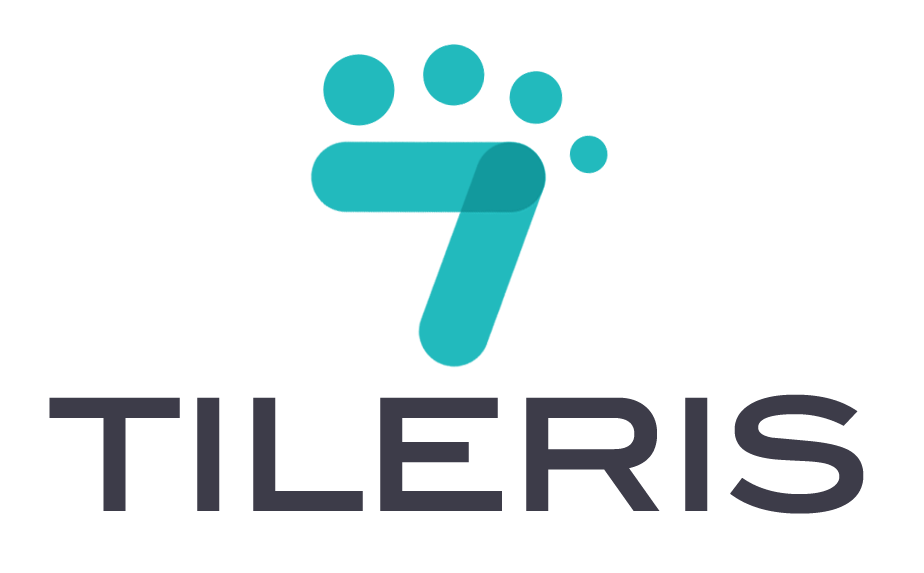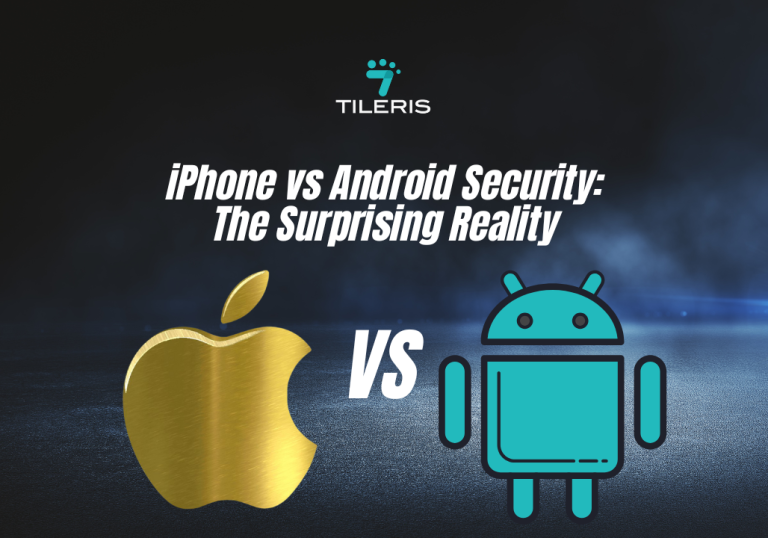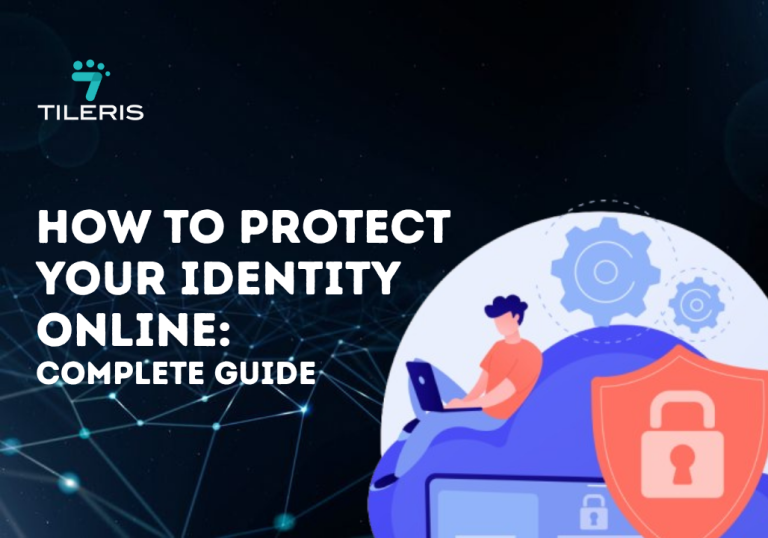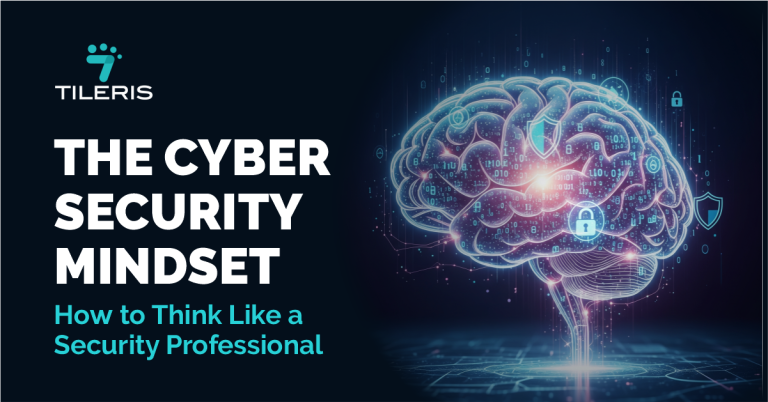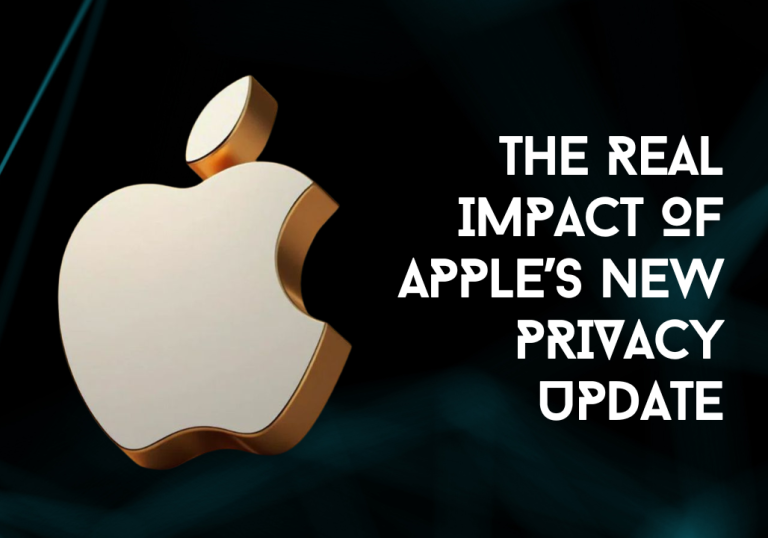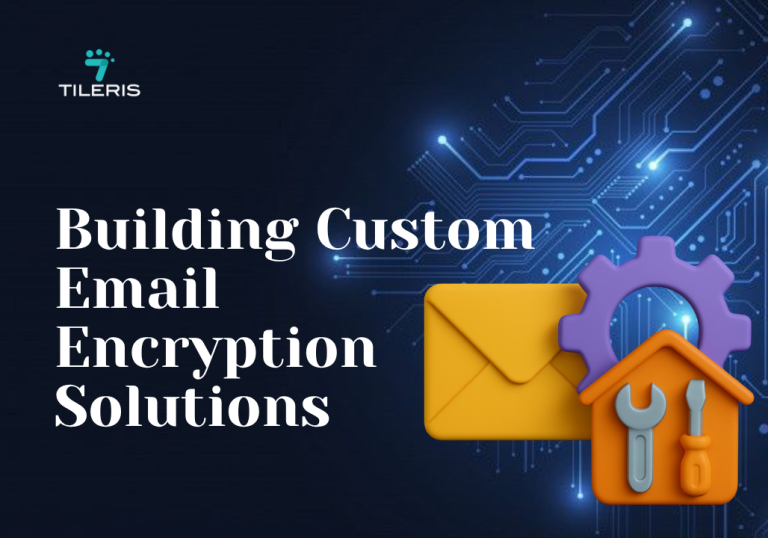Understanding The Risks of Public Wi-Fi and How to Mitigate Them When Checking Emails
Introduction
Picture this, you’re at a coffee shop in Ontario, grabbing a quick moment to catch up on emails, or maybe you’re at the airport waiting for a flight. That free public Wi-Fi seems like a lifesaver, a beacon of convenience in our always-connected world. But beneath that apparent convenience lies a host of hidden risks, especially when it comes to something as central as your email. While public Wi-Fi offers unparalleled flexibility, connecting without caution can expose your sensitive information to lurking cyberthreats. This article will shine a light on these dangers and, more importantly, equip you with practical strategies to protect your email and your digital life while on public networks.
Risks of Public Wi-Fi
Public Wi-Fi networks, unlike your secure home or office network, are often open and unencrypted, making them fertile ground for malicious activities. Here are some of the primary risks:
Man-in-the-Middle (MITM) Attacks
This is one of the most insidious threats. An attacker positions themselves between you and the website or service you’re trying to reach (like your email provider). They can then intercept, read, and even modify your communication without either party knowing. It’s like someone listening in on your phone call, or even pretending to be your friend in a conversation.
Eavesdropping and Sniffing
On an unsecured public Wi-Fi network, an attacker can use readily available software to “sniff” or “eavesdrop” on all the data flowing through the network. This includes your unencrypted emails, passwords (if not protected by HTTPS), browser history, and other sensitive information, all visible to anyone with the right tools.
Malware and Ransomware Attacks
Public Wi-Fi can be a conduit for malware. Attackers might exploit vulnerabilities in your device’s software or even use fake Wi-Fi hotspots to trick you into downloading malicious files. Once on your device, ransomware can lock up your files, or other malware can steal your data.
Data Theft and Identity Theft
The culmination of the above risks is often data theft. If cybercriminals intercept your login credentials, financial details, or personal information, they can then use that to access your accounts, make fraudulent purchases, or even commit identity theft.
Email Security Risks
Checking your email on public Wi-Fi introduces specific, heightened risks due to the nature of email as a central hub for your digital identity.
Interception of Sensitive Information
Your email often contains highly sensitive data, financial statements, personal correspondence, business proposals, password reset links, and more. On an unsecure public Wi-Fi, this information can be intercepted as it travels between your device and the email server, exposing confidential details.
Unauthorized Access to Email Accounts
If an attacker manages to capture your email login credentials (e.g., through a phishing page or a sniffing attack), they gain unauthorized access to your entire email account. From there, they can reset passwords for other online services linked to that email, send malicious emails impersonating you, or sift through your archives for valuable information.
Malware and Phishing Attacks via Email
While not directly tied to Wi-Fi vulnerabilities, the heightened risk environment of public Wi-Fi makes you more susceptible to phishing and malware. An attacker could send a targeted phishing email specifically designed to exploit your perceived security complacency while using public Wi-Fi, or deliver malware disguised as a legitimate message.
Mitigation Strategies
Fortunately, you don’t have to completely avoid public Wi-Fi. With smart precautions, you can significantly reduce the risks when you need to check your email.
- Using a Virtual Private Network (VPN): This is your single most effective defense. A VPN creates an encrypted “tunnel” between your device and a remote server. All your internet traffic, including your email activity, passes through this secure tunnel. Even if an attacker is on the same public Wi-Fi network, they’ll only see scrambled, unintelligible data. Ensure you use a reputable, paid VPN service.
- Enabling Two-Factor Authentication (2FA) / Multi-Factor Authentication (MFA): This adds an extra layer of security to your email account. Even if an attacker somehow gets your password, they can’t log in without the second factor (e.g., a code sent to your phone, a fingerprint, or a prompt from an authenticator app). Always enable 2FA for your primary email account.
- Using a Secure Email Client or App (via HTTPS): Most modern webmail services (like Gmail, Outlook, Yahoo Mail) and dedicated email apps automatically use HTTPS (Hypertext Transfer Protocol Secure) for secure connections. Look for the “https://” at the beginning of the website address and a padlock icon in your browser’s address bar. This encrypts your connection between your device and the email server. Never log into email on public Wi-Fi if the site does not show HTTPS.
- Avoiding Sensitive Activities on Public Wi-Fi: When you’re on public Wi-Fi, treat your connection as inherently insecure. Avoid activities that involve highly sensitive information, such as online banking, shopping with credit cards, or accessing confidential work documents. Save these tasks for a secure home or office network, or use your phone’s mobile data (hotspot).
Best Practices for Using Public Wi-Fi
Beyond specific mitigation tools, adopting these general best practices will keep you safer on any public network.
- Verifying the Authenticity of Public Wi-Fi Networks: Cybercriminals often set up fake Wi-Fi hotspots with tempting names like “Free Airport Wi-Fi” to lure unsuspecting users. Always confirm the legitimate network name with staff (e.g., at the coffee shop counter, airport information desk) before connecting. Be wary of networks with unusual or generic names.
- Keeping Software and Operating Systems Up-to-Date: Regularly update your device’s operating system (Windows, macOS, Android, iOS) and all your applications, including your web browser and email client. These updates often include critical security patches that fix vulnerabilities that attackers could exploit.
- Using Strong, Unique Passwords and Encryption: Use complex, unique passwords for all your online accounts, especially your email. Consider a password manager. Also, ensure your device’s internal encryption (e.g., FileVault for Mac, BitLocker for Windows, or Android/iOS device encryption) is enabled.
Additional Tips
These extra steps provide even more layers of protection for your email accounts and sensitive information.
- Using End-to-End Encryption for Sensitive Communication: For truly confidential email conversations, consider using end-to-end encryption tools (like PGP/GnuPG) or secure messaging apps that offer this feature. This ensures only the sender and intended recipient can read the message.
- Monitoring Email Accounts for Suspicious Activity: Regularly review your email account’s login activity logs (most providers offer this feature) and check your “Sent” folder for messages you didn’t send. Enable login alerts from your email provider if available.
- Using Email Clients with Built-in Security Features: Choose email clients or services that offer advanced security features by default, such as built-in phishing detection, malware scanning for attachments, and URL safety checks. Many major providers now include these as standard.
Conclusion
Public Wi-Fi, while undeniably convenient, presents a significant landscape of risks for your digital security, particularly when it comes to checking email. From the insidious threat of Man-in-the-Middle attacks to the potential for data and identity theft, the dangers are real. However, by understanding these risks and, crucially, by implementing proactive mitigation strategies like using a VPN, enabling two-factor authentication, and being vigilant about your online activities, you can significantly safeguard your sensitive information.
Don’t let the allure of free Wi-Fi turn into a costly mistake. Take the necessary precautions, embrace these best practices, and transform your public Wi-Fi experience from a gamble into a secure, controlled interaction. Your email and your peace of mind depend on it.
To get more of these kind of contents that train you on how to protect your digital life, visit tileris.com
